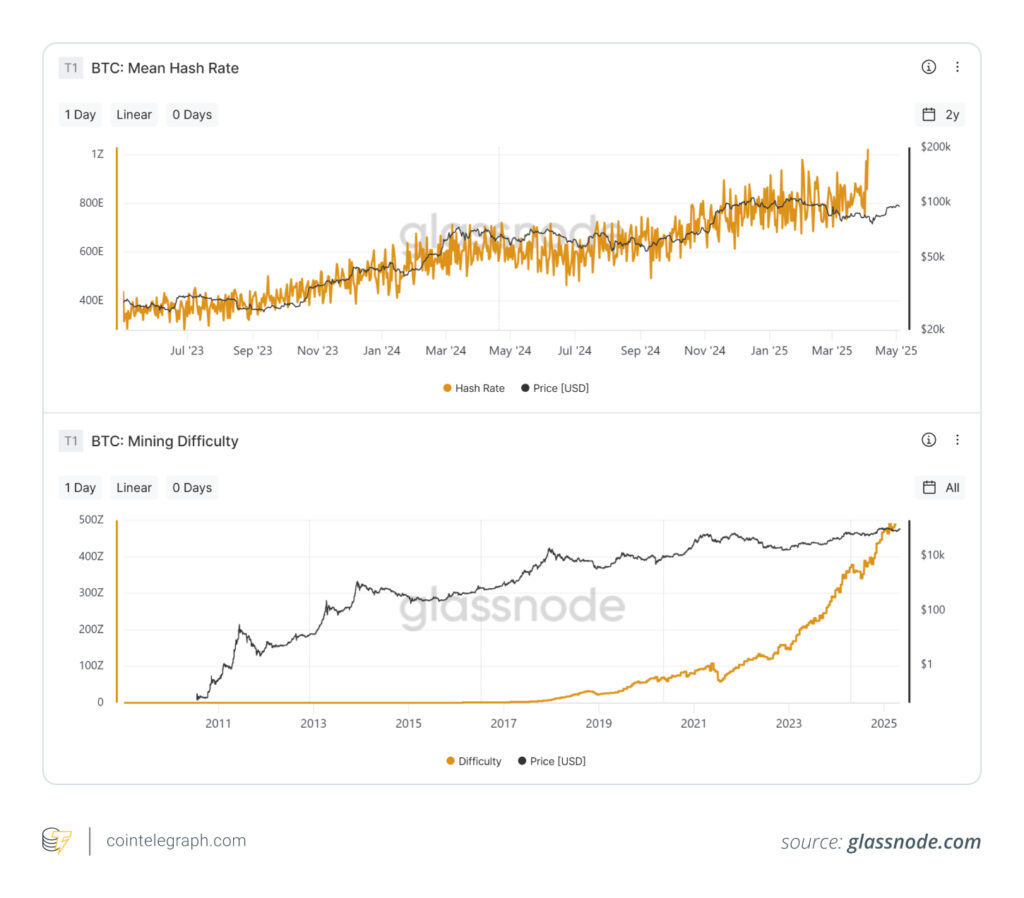The cryptocurrency landscape can often feel like a thrilling yet unpredictable ride, with prices that can soar one month only to plummet the next. For investors trying to navigate this volatile environment, distinguishing between a bull market and a bear market is crucial. A new comprehensive guide aims to demystify these market phases, helping traders identify key indicators such as price action, volume trends, and investor sentiment.
In a bull market, characterized by sustained price increases and soaring investor enthusiasm, coins like Bitcoin experienced monumental growth, notably from around $10,000 to nearly $70,000 in late 2020. Conversely, during bear markets, such as the one witnessed in 2022, prices consistently drop, often accompanied by widespread investor fear and declining market activity. As a historical backdrop, the crypto winter of 2018 saw Bitcoin’s value plummet from $20,000 to around $3,000, exemplifying the long-lasting impacts of negative sentiment.
“Knowing what kind of market you’re in is essential for making informed trading decisions,” says the guide. “Recognizing these cycles can help mitigate emotional responses, a vital aspect of trading in the crypto space.”
The guide outlines various key indicators that can assist traders in distinguishing between market phases. Rising volume during price increases often signifies strong market support, while declining volume during downturns points to a lack of confidence. Additionally, sentiment analyses, such as the Crypto Fear & Greed Index, can provide insight into investor psychology, fluctuating between periods of greed and fear. Understanding these shifts is pivotal to adapting investment strategies effectively.
As the guide emphasizes, preparation is key for navigating the twists and turns of the crypto market. With the right tools and a calm approach, traders can better position themselves for success, regardless of which market phase they find themselves in. So whether you’re riding a bullish wave or weathering a bearish storm, being informed and strategic is the best way to navigate the ever-evolving world of cryptocurrency.
How to Identify Bull and Bear Markets in Crypto
Understanding whether you are in a bull or bear market can significantly impact your trading strategy and emotional resilience. Here are the key points to consider:
- Definitions:
- Bull Market: Characterized by sustained price increases, positive investor sentiment, and favorable economic indicators.
- Bear Market: Marked by prolonged price declines, negative investor sentiment, and adverse economic conditions.
- Market Characteristics:
- Bull Market Characteristics:
- Sustained price increases often supported by strong trading volume.
- Positive investor sentiment with high engagement and new project launches.
- Favorable economic indicators such as low interest rates and accessible credit.
- Bear Market Characteristics:
- Prolonged price declines, often coupled with weak buying pressure.
- Negative investor sentiment and widespread fear among participants.
- Adverse economic conditions, including high interest rates and inflation.
- Bull Market Characteristics:
- Indicators to Identify Market Phases:
- Trading Volume: Rising prices in a bull market usually come with increased volume, while bear markets have declining volume.
- Market Sentiment: Tools like the Crypto Fear & Greed Index help gauge investor emotions but should not dictate your entire strategy.
- Technical Indicators: Moving averages and RSI can provide insights on market momentum and potential reversals.
- Strategies for Different Market Conditions:
- Bull Market Strategies:
- Trend Following: Go with the flow, but remain disciplined in your approach.
- Profit-Taking: Set targets to realize gains before potential market reversals.
- Risk Management: Use stop-losses to protect against unforeseen downturns.
- Bear Market Strategies:
- Defensive Positioning: Consider stablecoins or less volatile assets to preserve capital.
- Dollar-Cost Averaging: Spread your investments over time to reduce overall risk.
- Focus on Fundamentals: Invest in projects with real use cases and strong teams.
- Bull Market Strategies:
If you know how to identify whether you are in a bull or bear market, you can make informed decisions that may help manage risk and optimize your investments.
Understanding Market Trends: A Comparative Analysis of Bull and Bear Markets in Crypto
The cryptocurrency landscape is notorious for its rapid fluctuations, leaving investors to grapple with the ever-present question: are we in a bull market or a bear market? With this guide as a comprehensive resource, individuals can sharpen their insights into market behaviors through the lens of vital indicators such as price action, volume, sentiment, and on-chain data. This knowledge becomes a powerful asset in navigating the emotional highs and lows that characterize crypto investments.
When comparing this guide to other resources available in the competitive market of cryptocurrency education, we can see clear advantages and disadvantages. One significant advantage of this guide is its analytical depth; it goes beyond surface-level observations, providing a nuanced understanding of market signals. While many competing articles may touch on the concepts of bull and bear markets, few delve as comprehensively into the concepts of market cycles and sentiment analysis. This depth of knowledge can be a game-changer for traders seeking to refine their strategies.
On the flip side, some simpler guides may serve as more digestible entry points for novice investors, appealing to those who might feel overwhelmed by an overload of information. Hence, while this guide empowers more seasoned investors with its thoroughness, it could deter newcomers who may find its detailed analytics intimidating. This may arguably place it at a disadvantage among those who prioritize simplicity over exhaustive analysis.
This resource is particularly beneficial for active traders and those looking to build a strong portfolio strategy, as it promotes risk management and emotional control—two essential components in a volatile market. By implementing strategies tailored to different market cycles, savvy traders can leverage their understanding to capitalize on upward trends while protecting their capital during downturns.
Conversely, the guide could present challenges for less experienced investors who might struggle to apply these concepts without adequate background knowledge. Additionally, the constant references to historical exemplars like Bitcoin and Dogecoin, while useful, may lead beginners to focus heavily on these well-known coins, potentially overlooking emerging cryptocurrencies with significant growth potential.
In the fluid world of finance, where market conditions can shift dramatically, this guide stands as a formidable asset for those ready to enhance their trading acumen. However, for beginners or casual investors, the complexities presented could lead to analysis paralysis. Thus, tailoring one’s approach to learning from this guide while complementing it with simpler resources could strike the right balance for navigating the unpredictable tides of the crypto market.
















